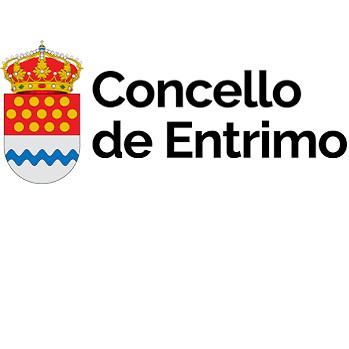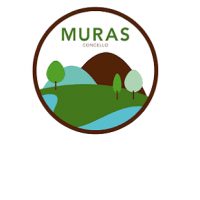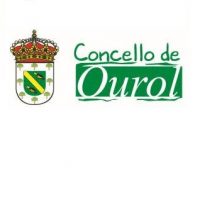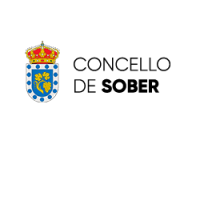Rural energy communities
What are rural municipalities?
Rural municipalities are those with less densely populated areas, with small communities scattered throughout the territory. They are characterised by an abundance of natural resources, which are crucial for the overall reproduction of the economic system.
EU rural areas, which cover 44.6% of the EU territory and are home to 93.1 million people (20.8% of the total EU population), face several challenges despite their wealth of resources. These include an ageing population leading to a decline in the number of people of working age, a weak labour market, and the depopulation of certain rural and remote areas. Other challenges faced by rural areas compared to urban ones include a lack of infrastructure and services, a poorly diversified economy, low incomes with a higher risk of poverty and social exclusion, and the abandonment of agricultural land.

Why are we focusing on these municipalities?
The Eusrostat degree of urbanisation (DEGURBA) is used, which is a classification that indicates the character of an area. Based on the proportion of the local population living in urban agglomerations and centres, it classifies local administrative units (LAU) into three types of areas: cities (densely populated areas), towns and suburbs (areas of medium density), and rural areas (sparseley populated areas).
In Galicia, 240 out of 313 municipalities and in Estonia 62 out of 79 municipalities are rural. All these municipalities were invited to participate in the EC4RURAL project. Those who responded positively signed a letter of support for the project.
What are they? In Galicia and Estonia
In both countries, the rural population experienced a sharp decline (between 2012 and 2021, from 41.1 to 36.2 in Estonia and from 26.7 to 13.1 in Spain). In both, the real factor income index of agriculture per annual work unit (117 and 123) is also far from the European average (143), and the net entrepreneurial income of agriculture is 70.8 and 103 respectively, compared to 100 in the base year 2015 and the EU average of 107.3. The unemployment rate for people aged 1-74 in rural areas is lower in Estonia (6.7) than in the EU (9.1), but almost 25% in Spain. Poverty and social exclusion are also more prevalent in rural areas. According to Eurostat, the number of people at risk of poverty or social exclusion in rural areas will increase from 2 to 27.1 in Estonia and from 31.4 to 29.1 in Spain between 2011 and 2020. The European average for the same period was 30 to 22.8%.
In Galicia, the municipalities that will participate in the project are:
Avión, Becerreá, Entrimo, Mazaricos, Moeche, Monterroso, Muíños, Muras, Ordes, Ourol, Outes, Palas de Rei, A Pobra de Brollón, O Rosal, Salvaterra de Miño, Silleda, Sober, Tomiño, Tordoia, O Valadouro, Vedra and Vilasantar.
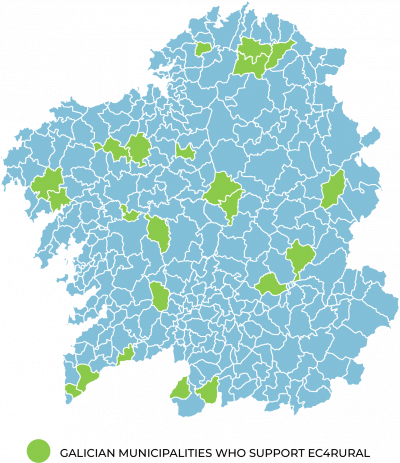
In Estonia, the municipalities that will participate in the project are:
Alutaguse vald, Elva vald, Hiiumaa vald, Järva vald, Lääne-Harju vald, Põltsamaa vald, Rõuge vald, Saku vald, Tori vald, Türi vald, Viimsi vald and Viru-Nigula vald.


ALUTAGUSE VALD

ELVA VALD

HIIUMAA VALD

JÄRVA VALD

LÄÄNE-HARJU VALD

PÖLTSAMAA VALD

RÓUGE VALD

SAKU VALD

TORI VALD

TÚRI VALD

VILMSI VALD

VIRU-NIGULA VALD



